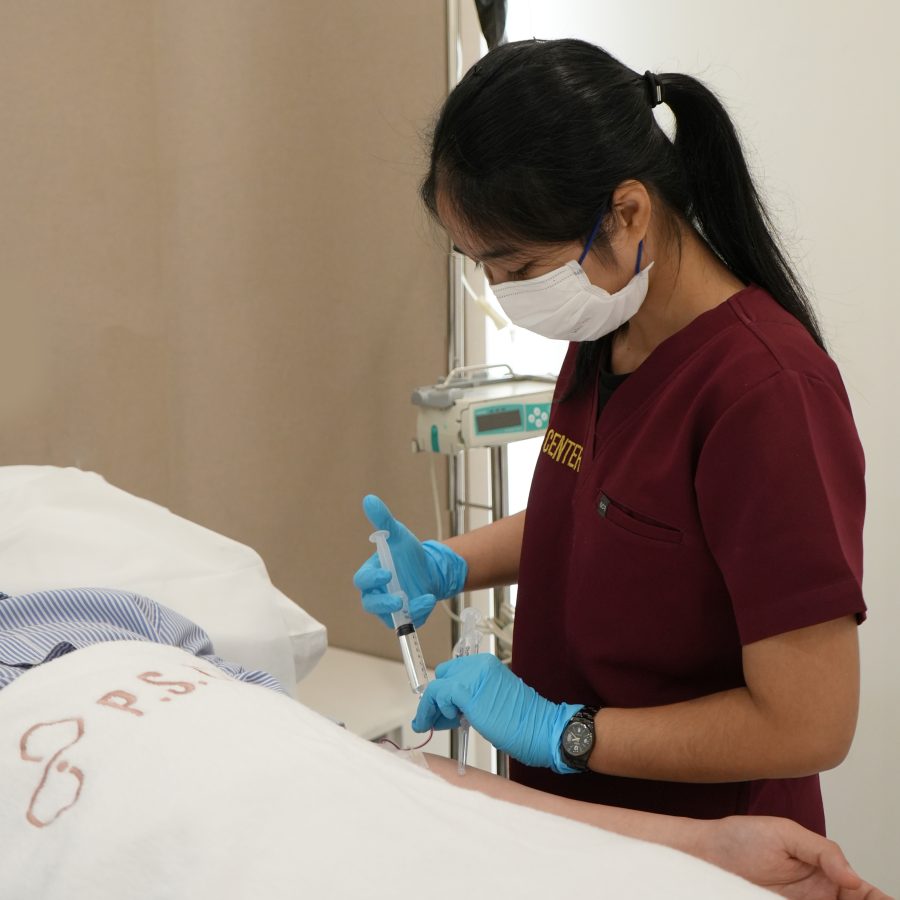The formation of adhesions in the spinal canal is one of the causes of back pain. The adhesions may compress or pull on the nerves, leading to chronic pain. Most patients typically seek treatment through injections. In some cases, surgery may be necessary, which can result in postoperative complications, a long recovery period, and high costs.
Epidural Balloon Neuroplasty (EBN) is a non-surgical option for treating lower back pain. The procedure involves using a balloon to dilate the spinal canal, combined with an injection to dissolve adhesions, thereby reducing nerve compression and tension.
What Diseases and Conditions Does It Treat?
- Lumbar spinal stenosis
- Spinal canal stenosis
- Failed back surgery syndrome
Benefits of Procedure
- It is a minimally invasive treatment, not a surgery. There is minimal tissue damage and blood loss, and it does not require general anesthesia. No hospitalization is needed, and recovery time is quick.
- It reduces the need for continuous oral pain medication.
- Patients with underlying conditions who cannot undergo surgery can still receive this treatment.
Results after treatment
- The results of the treatment can last for a maximum duration, depending on individual factors.
- The amount, location, and size of the adhesions affect the duration and outcome of the treatment.
- Treatment effects can typically be seen 2-4 weeks after the procedure.
EBN treatment procedure
- Administer a local anesthetic to the area where the procedure will be performed.
- Insert a needle into the space above the spinal canal.
- The doctor injects a contrast dye and uses a fluoroscope to confirm the needle’s position.
- Insert the balloon into the narrowed nerve space and inflate the balloon.
- Inject medication to help dissolve the adhesions.
Post-Treatment Care
- After the procedure, you may experience discomfort or pain within 24-48 hours. It is recommended to apply a cold compress for 10-20 minutes every 2-4 hours to alleviate the pain.
- You can take pain-relieving medication as prescribed by the doctor.
- After the procedure, you can eat and drink as normal.
- Do not drive within 12 hours of receiving your procedure.
- Wait a full 24 hours after the procedure to return to your full range of daily activities.
- Avoid swimming or going in a hot tub for one week.
Risks of Procedure
- Common symptoms: A temporary increase in pain may occur immediately after the procedure.
- Less common symptoms: In rare cases, complications may arise, such as bleeding in the space above the spinal canal, nerve damage, injury to blood vessels or the spinal cord membranes, or a spinal infection.
Compiled by;Rarinthorn Choomsai Na Ayuthaya, M.D. Interventional Pain Specialist
Contact us to learn more or to schedule a consultation.
Tel: 02-125-3959, 098-195-099







